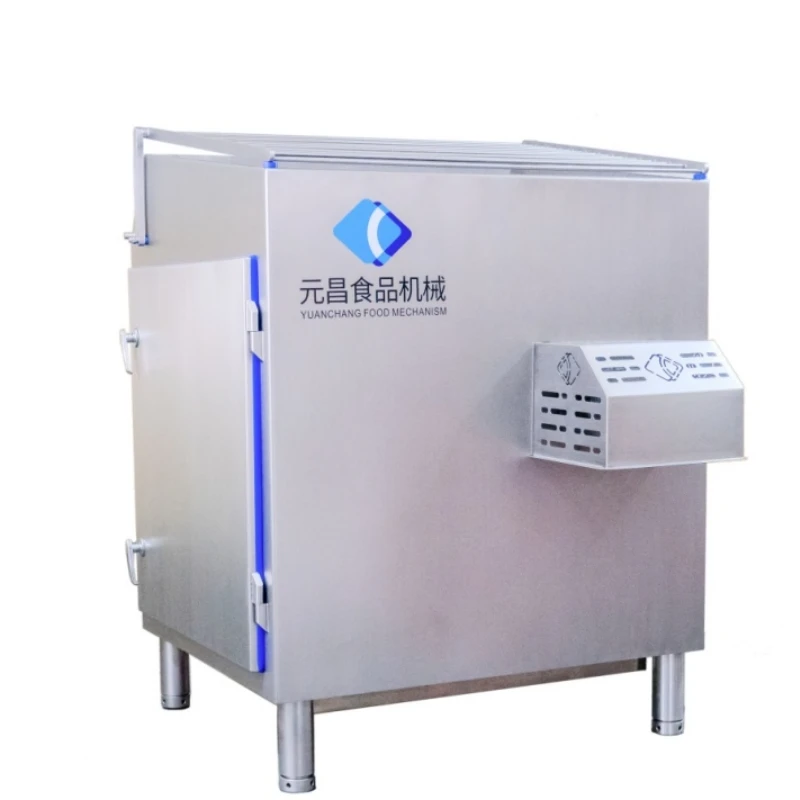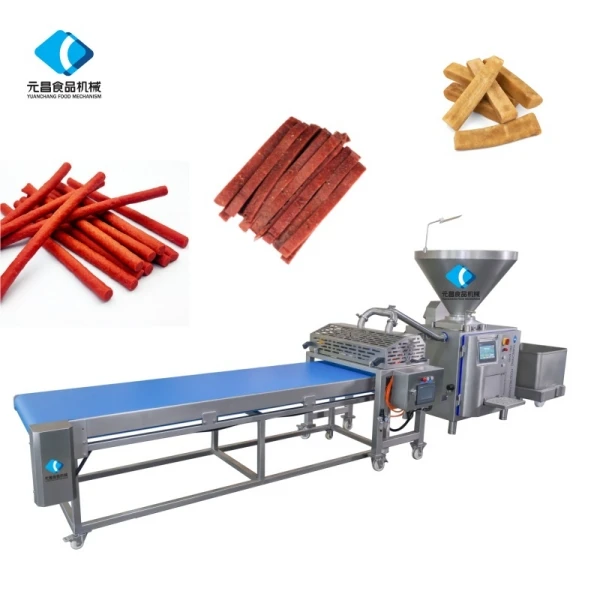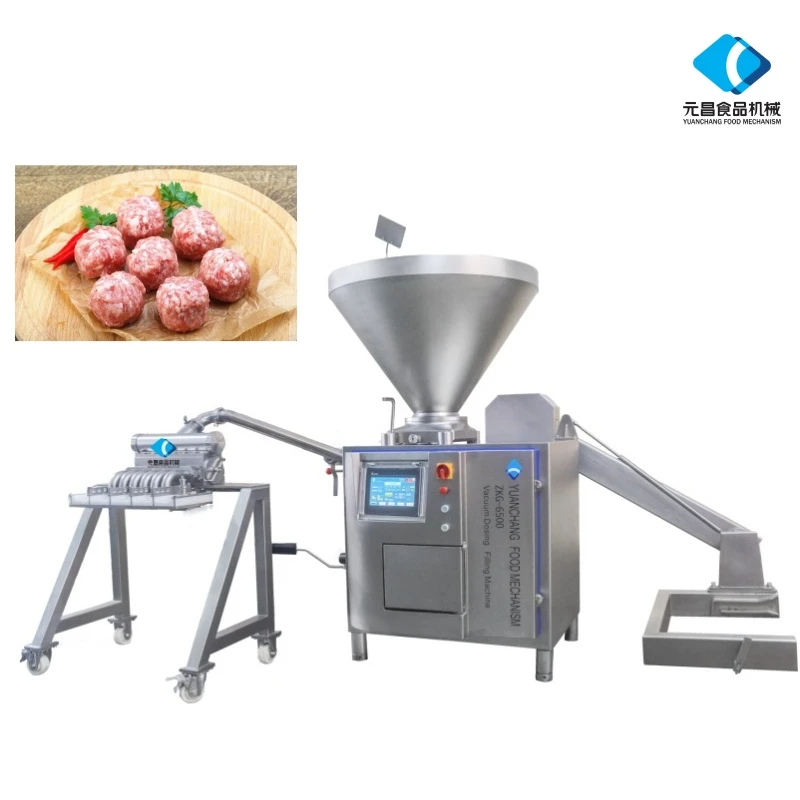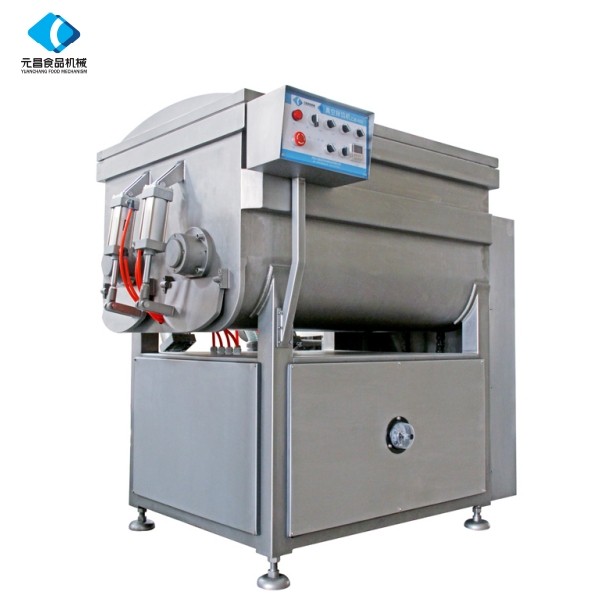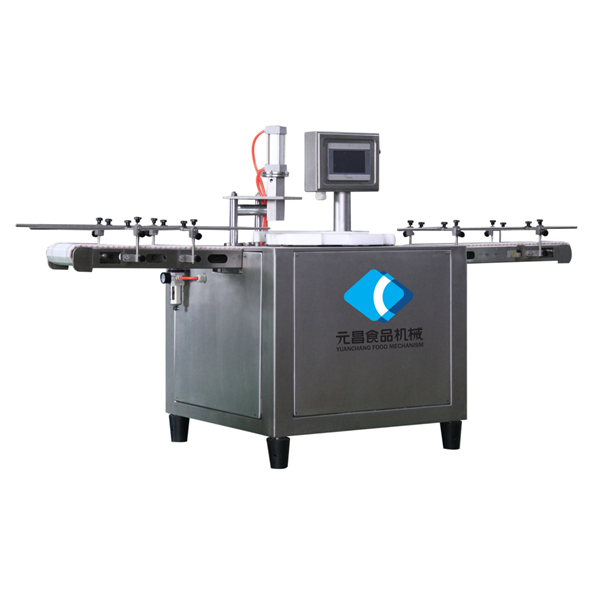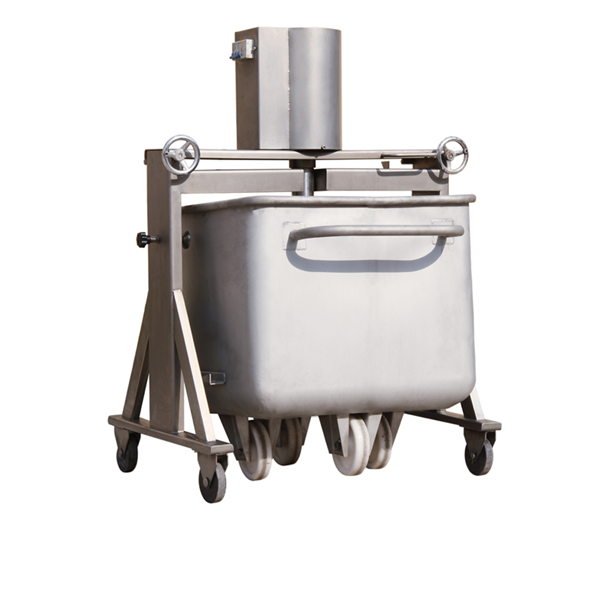- Afrikaans
- Albanian
- Amharic
- Arabic
- Armenian
- Azerbaijani
- Basque
- Belarusian
- Bengali
- Bosnian
- Bulgarian
- Catalan
- Cebuano
- chinese_simplified
- chinese_traditional
- Corsican
- Croatian
- Czech
- Danish
- Dutch
- English
- Esperanto
- Estonian
- Finnish
- French
- Frisian
- Galician
- Georgian
- German
- Greek
- Gujarati
- haitian_creole
- hausa
- hawaiian
- Hebrew
- Hindi
- Miao
- Hungarian
- Icelandic
- igbo
- Indonesian
- irish
- Italian
- Japanese
- Javanese
- Kannada
- kazakh
- Khmer
- Rwandese
- Korean
- Kurdish
- Kyrgyz
- Lao
- Latin
- Latvian
- Lithuanian
- Luxembourgish
- Macedonian
- Malgashi
- Malay
- Malayalam
- Maltese
- Maori
- Marathi
- Mongolian
- Myanmar
- Nepali
- Norwegian
- Norwegian
- Occitan
- Pashto
- Persian
- Polish
- Portuguese
- Punjabi
- Romanian
- Russian
- Samoan
- scottish-gaelic
- Serbian
- Sesotho
- Shona
- Sindhi
- Sinhala
- Slovak
- Slovenian
- Somali
- Spanish
- Sundanese
- Swahili
- Swedish
- Tagalog
- Tajik
- Tamil
- Tatar
- Telugu
- Thai
- Turkish
- Turkmen
- Ukrainian
- Urdu
- Uighur
- Uzbek
- Vietnamese
- Welsh
- Bantu
- Yiddish
- Yoruba
- Zulu
Efficient AI-Enhanced Meat Conveyors | GPT-4-Turbo
In an increasingly competitive food industry, the optimization of meat conveyors and related equipment such as meat curing machine, meat cutting accessories, and state-of-the-art industrial meat equipment is paramount for delivering high-quality products at scale. This guide provides an in-depth analysis on technology trends, technical parameters, manufacturing process, and practical application scenarios, with a special focus on the market-leading Saline Injector.
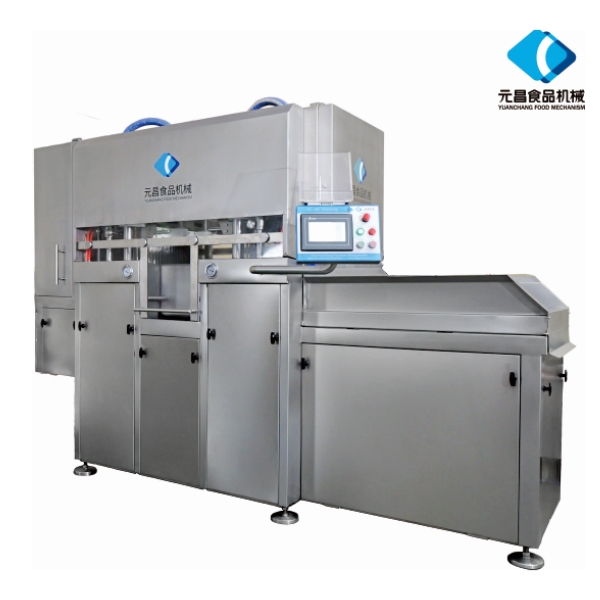
1. Industry Trends & Market Dynamics for meat conveyors
The global meat conveyors market is projected to reach USD 4.3 billion by 2028, with a 6.1% CAGR from 2023 to 2028 (MarketsandMarkets Report). This growth is driven by:
- Rising demand for processed and ready-to-cook meat products
- Increased automation adoption in meat processing plants
- Stringent hygiene and quality standards (ISO 22000, FDA)
- Expansion of cold chain logistics and frozen meat processing
Prominent manufacturers are innovating with modular designs, antimicrobial surfaces, and advanced control systems to deliver maximum uptime and food safety.
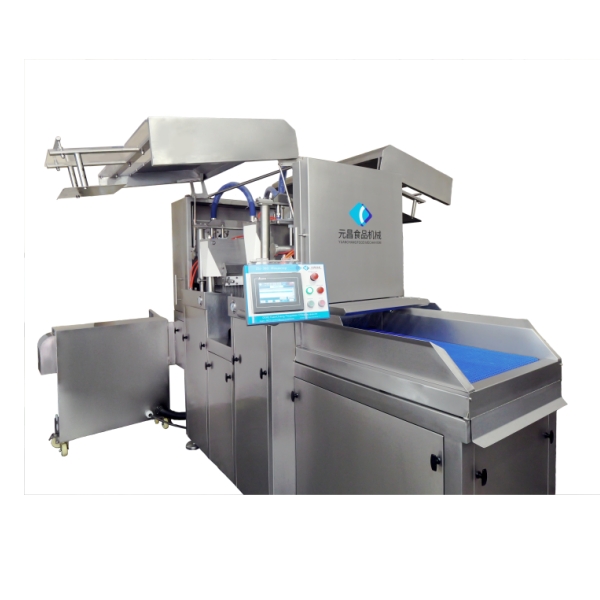
2. Technical Parameters & Comparison Table for Mainline meat conveyors
| Parameter | Stainless Steel Slat Conveyor | Modular Plastic Belt Conveyor | Roller Conveyor (for Crates/Boxes) | Cleated Belt Type |
|---|---|---|---|---|
| Core Material | SS304, SS316 | POM, HDPE with SS304 frame | SS304+PU/PVC | SS304+PU Belt |
| Width Range (mm) | 300 – 1200 | 200 – 1000 | 400 – 1500 | 300 – 700 |
| Speed (m/min) | 3–45 (VFD adjustable) | 5–36 | Manual/5–25 | 3–18 |
| Load Capacity (kg/m) | 120 | 80 | 180 | 60 |
| Cleaning Mechanism | Spray-under, open frame | Wash-down; modular replaceable | Manual/automatic | Modular; easy detachment |
| Hygiene Certification | ISO 22000, FDA CFR 21 | HACCP, EU1935/2004 | ISO 9001, EN1672-2 | FDA, CE |
| Application | Fresh/frozen meat, whole carcasses | Diced/sliced/packed products | Pallet/box transfer | Inclined transfers, spacing |
| Lifetime (years) | 10–16 | 7–12 | 12–18 | 7–10 |
3. In-Depth: Saline Injector — A Cornerstone of Modern Meat Processing
Saline Injector is a breakthrough in brine injection, indispensable for meat curing, marinating, and value addition. Integrated seamlessly with meat conveyors, it ensures uniform distribution of curing agents, extending shelf life, flavor, and yield.
- Base: Food-Grade Stainless Steel 304/316L
- Shafts: Tempered, passivated for corrosion protection
- Seals: FDA-certified silicone/EPDM
- Frame: Weldless joints (CNC machined)
- Microprocessor-controlled needle array (0.6–1.5mm precision)
- Pressure: 1.5–4.5 bar (22–65 psi)
- Throughput: Up to 2200 kg/h (model YMZ-60)
- ISO 9001 / CE Certified
- Routine surface Ra < 0.8μm (hygienic polish)
- Automated CIP (Clean-in-Place) cycle
- Electrically grounded (IEC 60204-1)
- Meets ANSI/NSF meat equipment standards
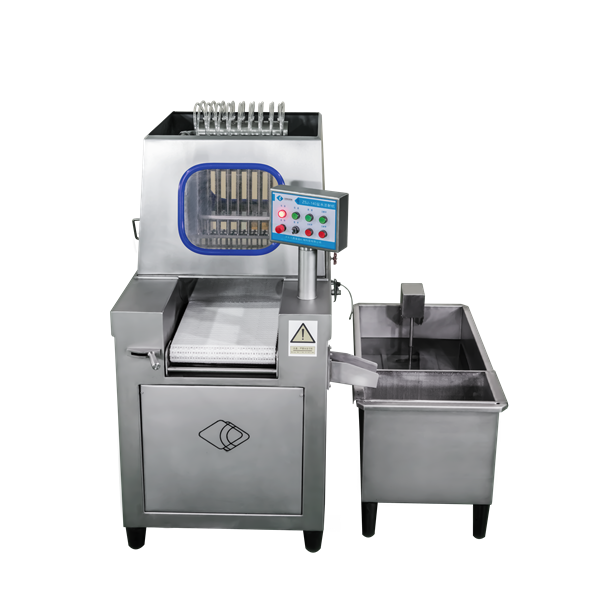
4. Manufacturing Process of meat conveyors & Saline Injector (Step-by-Step Flow)
(SS Sheet, Motors)
(frame slots, supports)
(argon welding, seal fitting)
(Ra 0.8μm finish)
(for injectors)
(ISO, ANSI, Pressure test)
- Key Process Controls: Component traceability, 100% visual weld inspection, pressure/flow test per batch, compliance documentation (ISO 22000, ANSI/ASME B31.3).
- Advanced Automation: Use of CNC bending, laser measurement for tolerance, automated assembly for consistent output.
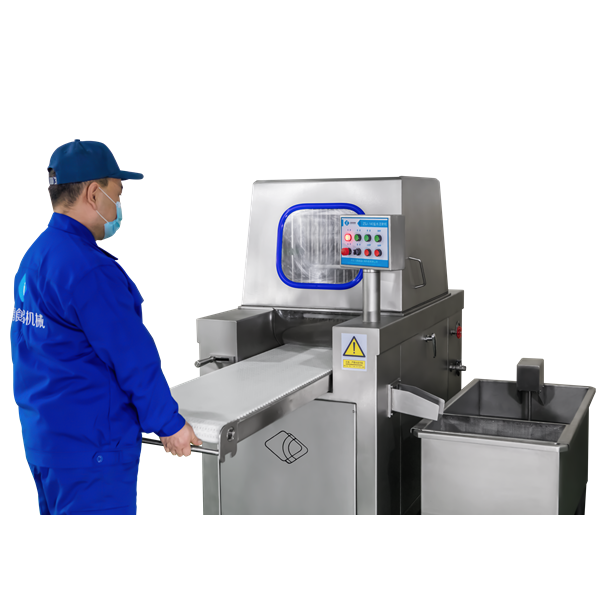
5. Technical Advantage Analysis: Why Choose Modern meat conveyors & Saline Injector?
Technical Superiority
- Variable Frequency Drives for speed control
- Food-grade, corrosion-resistant construction (SS316L)
- Tool-less disassembly for rapid sanitation
- Integrated meat cutting accessories modularity
- IoT-enabled predictive maintenance
Comparison: Mainstream Vendors (2024)
| Brand | Certification | Warranty | Unique Features |
|---|---|---|---|
| YC MeatMech | ISO, FDA | 24 mo | Smart injection; CNC frames |
| Marel | CE, UL | 18 mo | Modular belt system |
| GEA Food | ISO, CE | 24 mo | Integrated traceability |
| JBT | HACCP, CE | 12 mo | Ultra-clean design |
6. Customization: Tailoring meat conveyors for Industrial Applications
- Dimensioning: Conveyor belt width from 300mm to 2000mm, adjustable heights (ergonomics certified)
- CIP Integration: Custom clean-in-place system for meat & allergen cross-contamination prevention
- Material Choices: Optional SS 304/316L, specialized anti-bacterial coatings
- Process Matching: Sync with meat curing machine, frozen meat dicing machine for end-to-end solutions
- Control Options: PLC/HMI touch or traditional relay-based controls, SCADA ready
- Industry Fit: Certified for use in food, cold storage, pharmaceutical, and chemical processing (EN 1672-2, FDA 21 CFR 177)
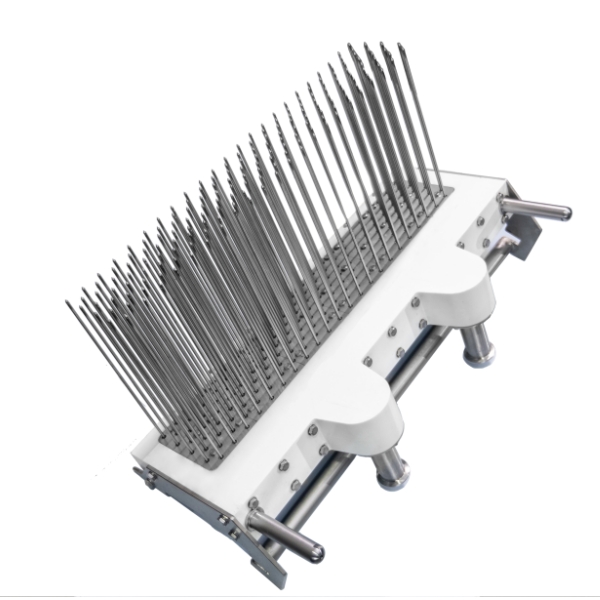
7. Real-World Application Scenarios & Success Cases
- Poultry Processing: Meat conveyors with inline Saline Injector have increased brine injection uniformity by 19%, reduced labor by 23%, and improved final product yield for a German poultry exporter in 2023 (Meat+Poultry Report).
- Beef Exporters: Combining high-speed frozen meat dicing machine with sanitary conveyor enables handling 5 tons/hr with sub-zero temperature compliance, minimizing microbe risk (2022, Australia).
- Ready-to-Eat Meats: Integrated systems for hams/sausages using meat cutting accessories and brine-injection improve texture consistency and extend product shelf life by 26% (case: Spain, 2023).
- Allergen Control: Custom conveyors with modular belts segregate gluten- and allergen-containing lines, certified to ISO 22000:2018 standards (U.S. plant, 2021).
8. Saline Injector Technical Data Visualization
9. Expert FAQ — meat conveyors and Saline Injector
10. Order Fulfillment, Warranty, and Support
- Delivery Lead Time: Standard units: 15–28 days; bespoke lines: 40–60 days post-approval.
- Warranty: 24 months for all meat conveyors & Saline Injector models; lifetime technical support available.
- After-Sales Support: 24/7 online troubleshooting, remote diagnostics, and on-site technician within 48h (regional partner network).
- Spares & Consumables: Guaranteed components inventory for 10 years minimum.
- Quality Assurance: All shipments include COA (Certificate of Analysis), pressure/flow test reports, and traceability documents per FDA/ISO.
11. Reference & Industry Links (Further Reading)
- Industry Forum: Meat+Poultry – Automation in Meat Processing
- Journal Article: Recent Advances in Meat Processing Technologies (ScienceDirect)
- ISO Public Standards: ISO Food Safety Standards Database
- Market Study: "Meat Processing Equipment Market" (2023-2028), MarketsandMarkets
-
Vacuum Bowl Cutter ZKZB-125-Hebei Yuanchang Food Mechanism & Technology Co., Ltd.|Vacuum Chopping, Meat ProcessingNewsAug.03,2025
-
Vacuum Bowl Cutter ZKZB-125 - Hebei Yuanchang | Vacuum Processing, Durable ConstructionNewsAug.03,2025
-
Vacuum Bowl Cutter ZKZB-125 - Hebei YuanchangNewsAug.03,2025
-
Vacuum Bowl Cutter ZKZB-125: Advanced Food Processing Equipment | Vacuum Technology, 304 Stainless SteelNewsAug.03,2025
-
Vacuum Bowl Cutter ZKB-125-Hebei Yuanchang|Meat Processing&Shelf LifeNewsAug.02,2025



